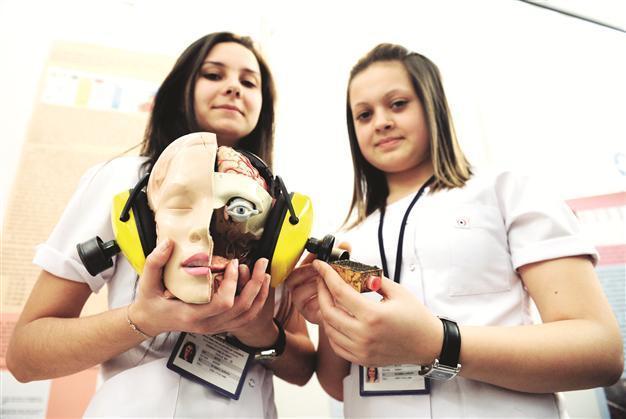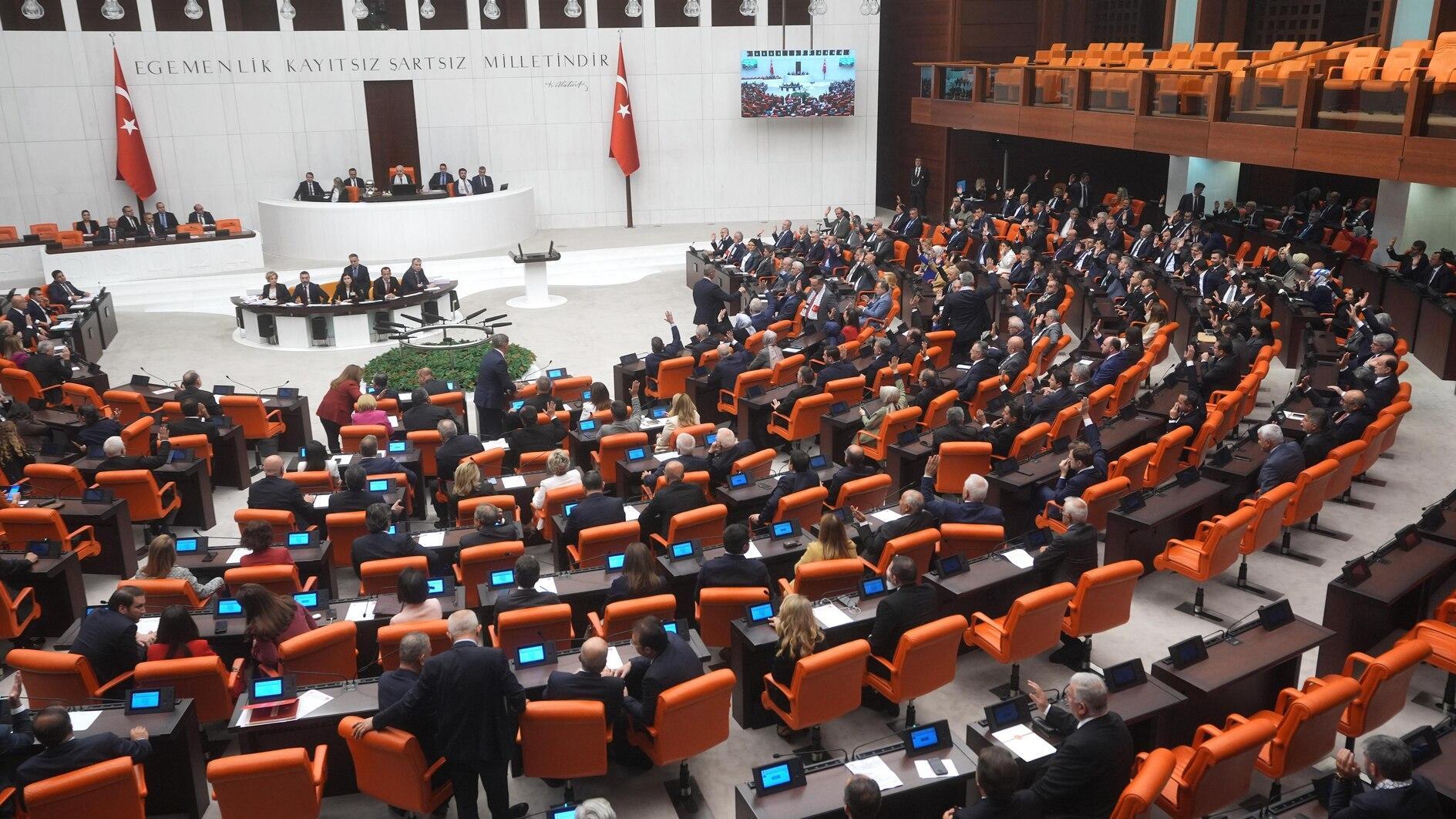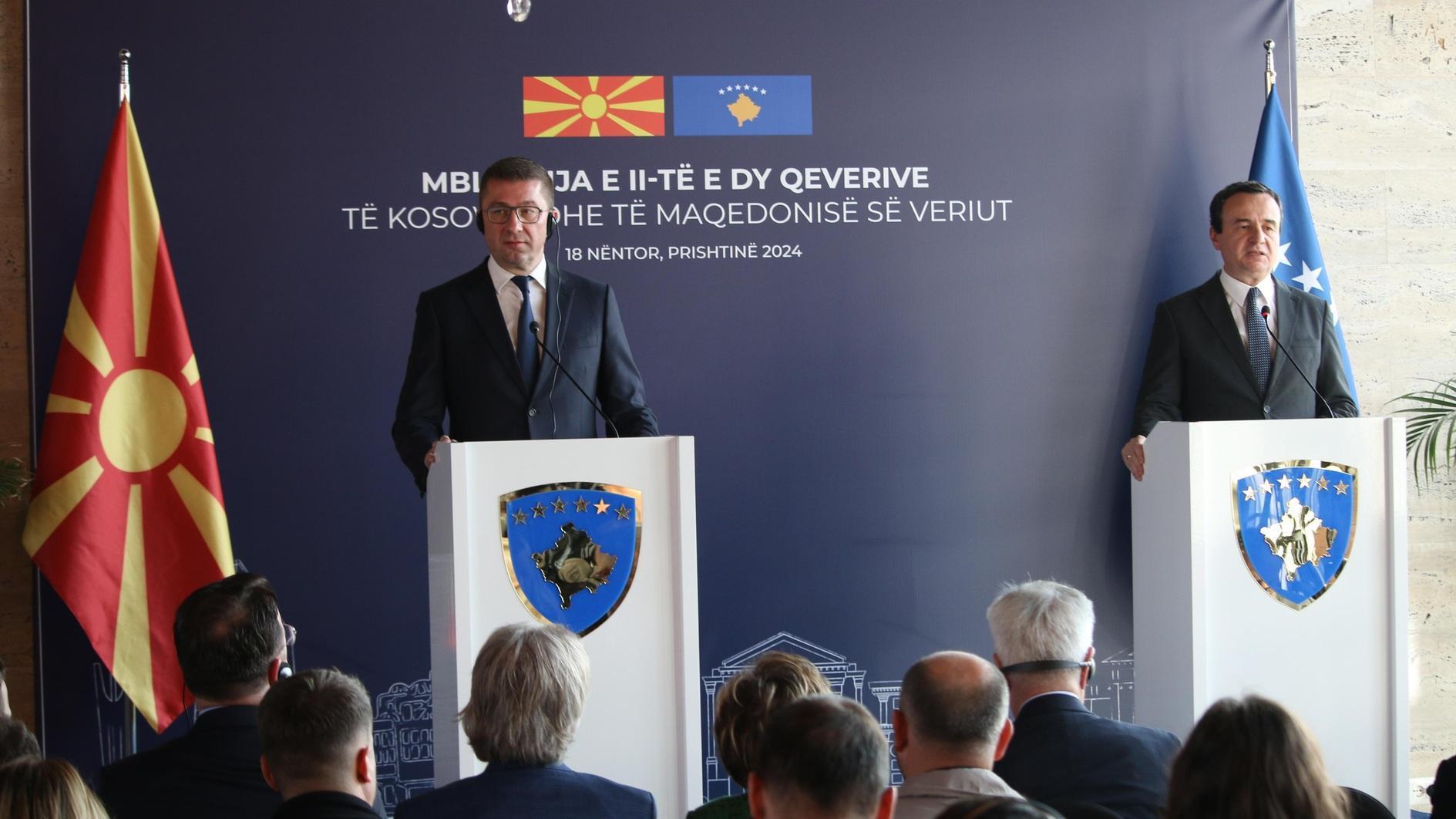Turkey's creative students displaying projects

The high school students’ projects will be evaluated by a jury comprised of academics from ITU, Yıldız Technical University and Istanbul University.
The exhibition of the Scientific and Technical Research Council of Turkey (TÜBİTAK) 43rd High School Student Research Project European-Region Competition opened on March 13 at the Süleyman Demirel Culture Center at Istanbul Technical University’s (ITU) Ayazağa Campus. ITU is the European-region coordinator for the event.The exhibition displays many student projects from solar panels to organic foods and from laser technologies to nano tools.
In the competition, in which a total of 474 projects have been entered, 114 projects on computer science, biology, geography, physics, chemistry, mathematics, sociology and history topics were selected for the exhibition.
The projects, which will be on display at ITU for three days, will be evaluated by a jury comprised of academics from ITU, Yıldız Technical University and Istanbul University. The regional competition will end with the announcement of the winning projects on March 23.
Speaking to Anatolia news agency, the coordinator, Prof. İbrahim Özkol said the competition had started at the same time in 12 regions in Turkey and the Istanbul segment had two legs; Europe and Asia.
“The jury will evaluate the 114 projects and choose 20 winners and 18 first and second runners-up. These selected projects will compete again in Ankara and the [national] winners will be determined,” he added.
Noteworthy projects
Among the notable projects in the exhibition are the “magnetic-resonant bee earphone,” “laser defense and attack systems,” “ball bearing earthquake kit,” “antibacterial cleaning with clover,” “the effects of water in plastic bottles under the sun on cells,” “ground- and building-strengthening project with miracle bacteria,” and “the role of the public in the establishment of nuclear power plants in Turkey.”
Edirne Keşan Anatolian Health Schools students Betül Büdün and Melek Danacı’s project “magnetic-resonant bee earphone” offers the treatment of tinnitus using sound frequencies of bees.
The earphone developed by the two students blocks tinnitus in the auditory system. Thanks to its remedial effect on nerve fibers in the ear, tinnitus can be completely treated in some patients.
Büdün said bees could hear sounds from as far as six kilometers away. “We have determined that tinnitus is a problem for bees, too, and realized that they resisted it. We put bees in this magnetic-resonant earphone and saw that they created a sound frequency at a maximum level against tinnitus in the earphone. They repressed this sound by sending frequencies and removed tinnitus.”
Among the other projects, Edirne Süleyman Demirel High School student Enes Bilgin’s project, named “Eyes don’t lie,” examines the reflection of human psychology in eye movements.
Bilgin said he experimented on 82 people at his school using an eyeglass with a camera, and followed people’s eye movements when answering some questions. “I recorded the eye movements and got statistical data. We found that women’s thoughts are more reflected in their eyes,” he said.
Another interesting project by Bircan Kasap and Kübra Kar from Rize suggests that the aromatic grape grown in alder trees is tastier than other kinds of grapes and can also treat cancer.
















